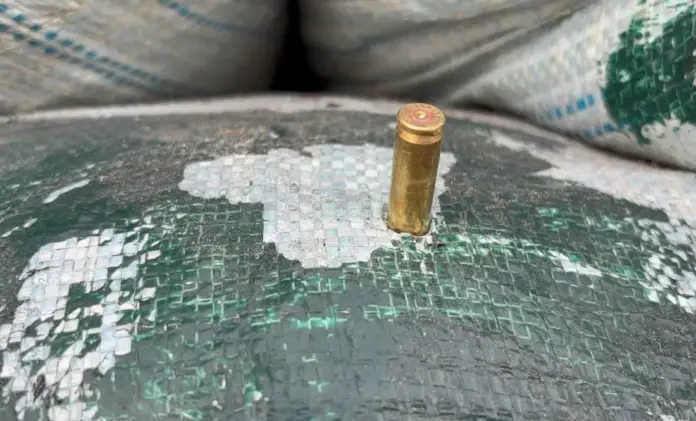The municipality of Uruapan remains one of the most violent in the state of Michoacán in terms of intentional homicides, but its capital city is also the fourth city with the highest perception of insecurity in the country.
Figures from the Michoacán State Attorney General’s Office (FGE) indicate that Morelia is the Michoacán municipality where the most crimes were committed from January 1 to March 31, with 3,725, followed by Uruapan with 1,287, and Zamora with 669.
FGE data indicate that the Michoacán capital is also the municipality with the most murders during that same period, with 58 intentional homicides.
Zamora was the state’s second-highest municipality in the state with 43 crimes in the first three months, followed by Apatzingán with 34, and Uruapan again appears in this ranking of violence with 31 intentional homicides.
The results of the National Urban Public Security Survey (ENSU), conducted by the National Institute of Statistics and Geography (INEGI), reveal that during the first quarter of 2025, the cities where the population perceived insecurity to be the most serious were: Villahermosa (90.6%), Culiacán Rosales (89.7%), Fresnillo (89.5%), Uruapan (88.7%), Irapuato (88.4%), and Chimalhuacán (86.1%).
This survey is collected quarterly in 91 urban areas across the country.
Its purpose is to report on the perception of public security and provide elements for public policy decision-making in this area.
In March 2025, 61.9% of the population aged 18 and over residing in 91 urban areas of interest considered it unsafe to live in their city.
This does not represent a statistically significant change compared to March (61.0%) and December (61.7%) of 2024. In this edition of the ENSU, 18 urban areas of interest showed statistically significant changes compared to December 2024: 7 with decreases and 11 with increases.
In March 2025, 67.5% of women and 55.0% of men considered living in their city unsafe.
The urban areas of interest with the highest percentage of people aged 18 and over who considered living in their city unsafe were: Villahermosa, with 90.6%; Culiacán Rosales, with 89.7%; Fresnillo, with 89.5 percent; Uruapan, with 88.7 percent; Irapuato, with 88.4 percent; and Chimalhuacán, with 86.1 percent.
In contrast, the urban areas with the lowest percentages of perceived insecurity were: San Pedro Garza García, with 10.4 percent; Benito Juárez, with 20.4 percent; Piedras Negras, with 20.5 percent; Puerto Vallarta, with 23.0 percent; Saltillo, with 24.5 percent; and Los Cabos, with 24.7 percent.
Insecurity in Physical Spaces
Regarding the perception of insecurity in specific physical spaces, 69.1 percent of the population reported feeling unsafe at ATMs located on public roads; 62.8 percent on public transportation; 56.1 percent on highways; and 53.2 percent at banks.
In March 2025, of the population aged 18 and over residing in the urban areas of interest, 31.6% believed that the crime and insecurity situation in their city would remain as bad as ever over the next 12 months; while 22.9% of the population stated that the situation would worsen. In contrast, 16.9% of the aforementioned population stated that the crime and insecurity situation in their urban area would remain as good, and 27.5% stated that it would improve.
Read also: Pablo Vázquez highlights that groups dedicated to theft or fraud in the purchase and sale of vehicles have been dismantled in Mexico City.
According to the results of the National Urban Survey (ENSU) for the first quarter of 2025, of the population who reported having seen or heard criminal or antisocial behavior in the vicinity of their homes, alcohol consumption on the streets ranked first, with 58.0%. Robberies or assaults were in second place, at 49.6%; vandalism in homes or businesses was in third place, at 40.4%; drug dealing or use was in fourth place, at 39.2%, followed closely by frequent shootings with weapons, at 39.1%.
During the first quarter of 2025, 35.0% of the population aged 18 and over experienced some form of conflict or confrontation, directly involving family members, neighbors, coworkers or schoolmates, establishment staff, or government authorities.
The highest percentages of conflicts or confrontations occurred in the following territorial districts of Mexico City: Azcapotzalco (64.8%), La Magdalena Contreras (63.7%), and Álvaro Obregón (58.6%). The urban areas that reported the lowest percentages of conflicts or confrontations were Irapuato (7.8%), Ciudad Obregón (10.3%), and Tapachula (10.4%).

Source: eluniversal




